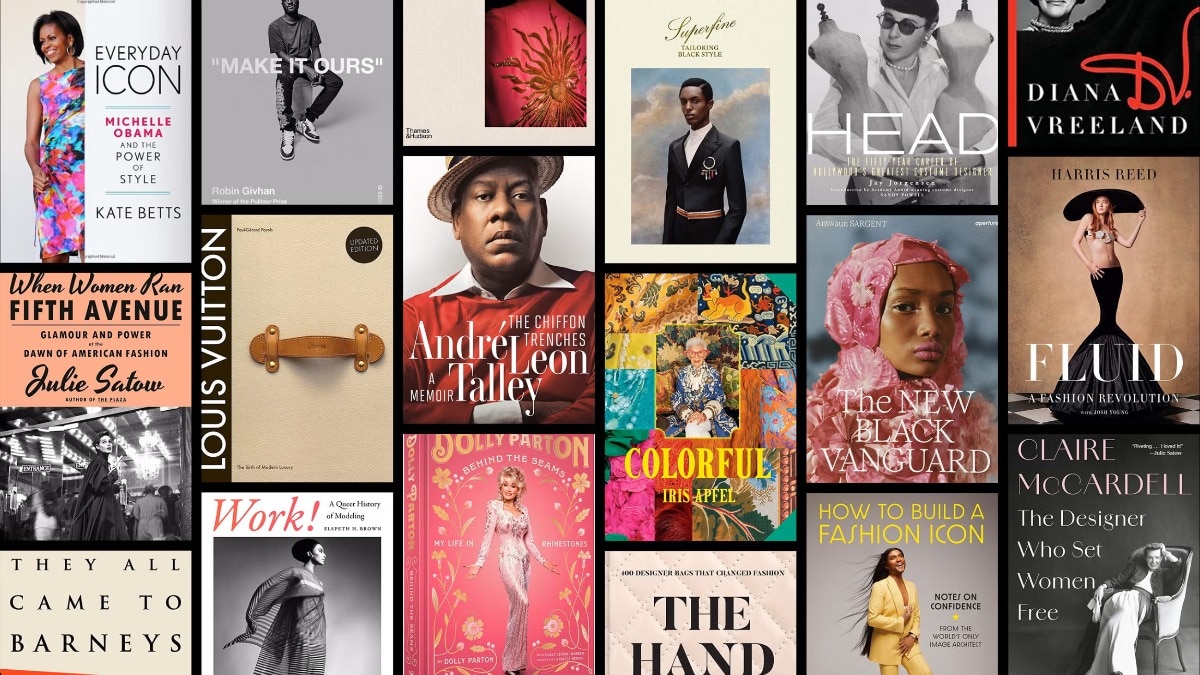How to write an AI-friendly CV
It’s time to boss those bots.


It’s no secret that job hunting can be a bit of a slog. Yep, the days of popping into your local shopping centre to hand out printed CVs are long gone. Like everything else in our lives, recruitment has gone digital—and with so much competition out there, it’s easy to fall into the trap of thinking you need a PhD in Photoshop to create an all-singing, all-dancing CV (with a cover letter to boot). But with the rise of AI, there’s a chance a pair of human eyes may not even look at your lovingly crafted application at all. Kind of bleak.
"The use of AI technology (in recruitment) offers several benefits for employers," says Steven Warnham, a researcher at Totaljobs (one of the UK’s leading online job boards). "It enhances efficiency by swiftly analysing and screening a large volume of CVs, which saves valuable time and resources."
But, he adds, "as with any technology, it’s not fail-safe and is subject to mistakes and flaws"—it’s no wonder, then, that only four in 10 of us believe AI will make the recruitment process fairer, according to new research by Totaljobs. And with recruiters estimating that as many as 35 per cent to 45 per cent of companies are soon expected to use AI to assist in hiring, we may need to play the system if we want to be in with a chance.
So, is there a way around it all? Yes, according to Warnham—by trying to get into how exactly that robot will read your CV. Bot bossing aside, there’s still some way to go before we can trust AI with recruitment. "Lots of AI recruitment systems are trained on how we as humans make decisions. That means, if they’re not designed correctly, the technology picks up on prejudices and replicates them," says Khyati Sundaram, an expert on ethical AI and CEO of Applied, the unbiased hiring platform.
To avoid this, "Companies need to ensure their tech tools have been trained on the right data and are designed to help candidates be judged on merit, not on (what) the existing (likely male and white) picture of success looks like", she says. "We need to be careful to balance technological innovation with human oversight—using it to curb our own conscious and subconscious biases," she adds.
And if you’re worried you’ve missed out on a job because of AI, both Sundaram and Warnham advise contacting the employer directly. "It might be down to various factors and feedback can help you reformat your application for next time," Warnham says
KEEPING IT SIMPLE WORKS BETTER
Avoid using complex formatting and visuals, as these can be hard for AI systems to interpret.
CHECKIN’ IT TWICE
AI algorithms are sensitive to typos, so it’s best to double-check your CV using sites such as Grammarly.
S-P-E-L-L IT OUT
Be sure to spell out any abbreviations, as these may be industry specific and therefore risk not being picked up by AI systems.
CONSISTENCY IS KEY
Be consistent with dates and job titles, as this assists AI systems in recognising your work experience and employment history.
COPYCAT THAT
Take keywords from the job advert and embed these throughout your CV to make you stand out as a match.
This piece originally appeared in the Oct/Nov 2023 print edition of Cosmopolitan UK.










